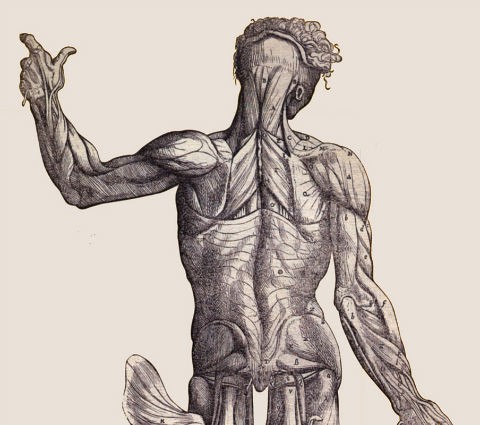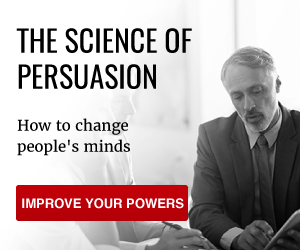
We all know to stand tall, look them in the eye and give them a firm handshake, but what about the actual science behind body language? How do you really make a good impression?
Let’s clear the bull and get down to brass tacks.
First impressions
People decide on your trustworthiness in a tenth of a second, according to researchers at Princeton, so you need to understand how to make the best of that snap judgement.
Two regions of the brain help us make those important first impressions of a person: the two amygdalae and the posterior cingulate cortex (PCC).
- The amygdalae receive information from all of our senses and are crucial in forming memories, particularly those associated with emotional events.
- The PCC is one of the most metabolically active areas of the brain, involved in everything from forming emotional, spatial and autobiographical memories to assessing the value of different objects and decisions and calculating bets.
Put simply, meeting someone for the first time stimulates the same areas of the brain that process emotional memories and value objects, so in those first few moments you want give the other person a reason to trust and value you.
And that can be as simple as a smile.
Duchenne smile
Not all smiles are born equal.
A Duchenne smile involves the contraction of both:
- The zygomatic major muscle (raising the corners of your mouth)
- And the obicularis oculi muscle (raising the cheeks, forming crow’s feet around your eyes).
While a ‘genuine’ Duchenne smile is involuntary, you can fake one well enough to fool someone else, say researchers at Northeastern University. That is, unless you’re meeting a robot. When asked to spot a fake smile, people tend to do no better than chance, but an algorithm developed by computer scientists at MIT got it right 92 percent of the time.
So a smile is good, but what about something with more impact?
Power poses
Turns out power poses might not be so powerful after all.
In the famous 2010 Harvard Business School study, expansive poses – like leaning forward over a desk with your hands firmly planted on the surface – were thought to raise testosterone, lower cortisol (the ‘stress hormone’) and increase risk-taking behaviours.
A recent replication study by a team at the University of Zurich, however, found that, while the power pose participants reported that they felt more powerful, there was no significant hormonal difference between the power posers and the non-power posers. And, if anything, the former group took less risk than the latter.
It’s not conclusive, but it looks like there’s no hormonal magic to power poses. Just go with whatever makes you and your audience feel most comfortable.
Image credit: Beth Scupham
